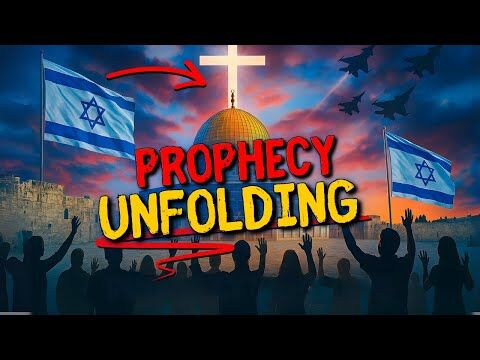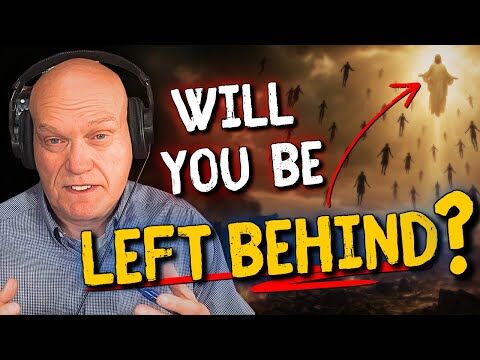
Six of us piled into our Suburban early on Easter morning. We were silent. I felt empty.
After what seemed like a long road trip, we finally arrived at the local cemetery where the body of my 25-year-old son, Nathan, was buried. He had unexpectedly died in a rock-climbing fall, just one day after we buried my husband’s father.
We slowly made the dreaded walk to Nathan’s grave. A year earlier, no one would have ever thought that this would be our first activity on our next Easter.
We stood in silence, and my husband began to read Scripture. I kept my eyes fixed on the ground in which our precious son had been laid to rest. I could hear sniffles—my other children also had their eyes fixed on the ground under which their brother’s body lay.
At that moment, all of us could feel in the air the realness of death like never before. Then, though, the Lord spoke to my heart: Glenda, I was resurrected from the dead.
At once, the meaning of what we were to celebrate that Easter morning overcame me, and I learned two things.
First, I realized that the emptiness I felt on the way to the cemetery and upon our arrival must have been similar to the emptiness that Jesus’ mother, Mary, and also Mary Magdalene felt as they stood together at Jesus’ tomb. The Bible says, “Mary [Magdalene] was standing outside the tomb weeping; and so, as she wept, she stooped and looked into the tomb” (John 20:11, NASB).
There is a difference, however, between their visit to the tomb and ours when we go to the grave of someone we love. When they looked into the tomb that first Easter morning, it was empty. Think of it: A tomb in which the body of Jesus had been laid, now empty!
They did not stand there blankly staring at lifeless ground. They gazed at the proof that the very One who came to give us life was resurrected. What they saw changed history and changed our lives forever.
Second, Mary Magdalene loved Jesus because He had transformed her life of sin and aimlessness into a life of newness and purpose. I personally have known that kind of transformation in my own life.
In addition to being a literal, historic fact, the resurrection of Christ is a powerful picture of what God has done in me. My own mother will say to this day that the gloomy teenager she knew so well was transformed into one with a light in her eye and a fresh spring in her step once she—I—made a commitment to follow Jesus. He gave me new life. This was possible because He Himself was resurrected. His resurrection gave my life a power that it did not have without Him.
There is a certain ache to realizing that the death of a loved one is final. It is hard to swallow the fact they will not be coming through the door anymore to say, “Hey, Mom!”… or coming home from a business trip to tell you that they missed you. It hurts, and there is just no way to get around it.
However, what was reinforced in my life that Easter morning is that the emptiness we felt in that sad moment was not actually the final word. The reason is that we—and Nathan—know the One who rose from the dead.
The Bible says Jesus “was declared the Son of God with power by the resurrection from the dead, according to the Spirit of holiness” (Romans 1:4). No one else in this world has conquered the grave. Even the people Jesus raised during His earthly ministry subsequently returned to the grave. Not one of us can cause a person or thing that is truly dead to become permanently alive. But God brought His Son, Jesus, back to life as a demonstration to us of the power that we are able to share as believers in Him. That definitely gives us hope.
I understood, as never before, the power of His resurrection. It is that power that will sustain me the rest of my days until I am home with Him.
Glenda Parrish is a Bible teacher with a heart for helping women, especially young mothers, experience God’s Word in their daily lives. She and her husband, Preston, live in North Carolina. This article was excerpted from their book, Finding Hope in Times of Grief. Copyright © 2011. Published by Harvest House Publishers, Eugene, OR. Used by permission.











































